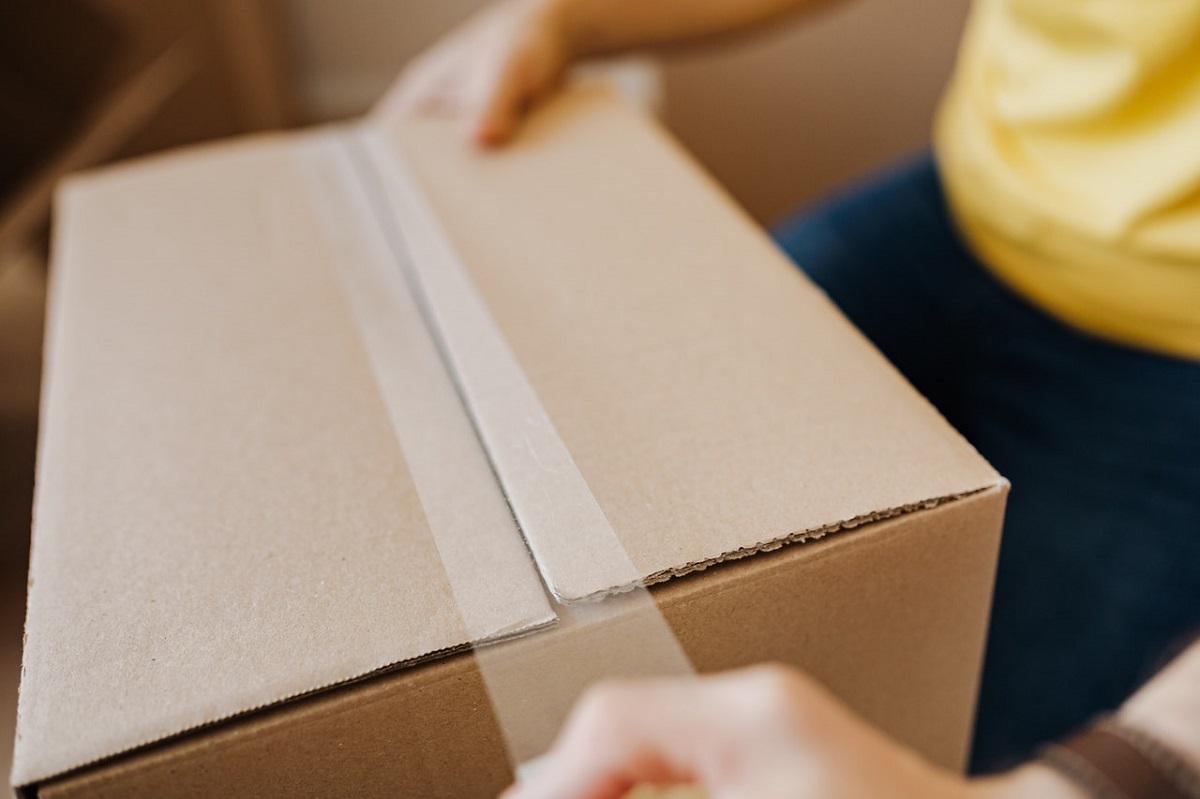More consumers have relied on online shopping in the past year because of the pandemic, accelerating the adoption of e-commerce not just in the United States but around the world. In fact, in 2020, the number of online shoppers rose to 2.05 billion. By 2021, the number of people who make purchases from e-commerce platforms is expected to further increase to 2.14 billion or 27.2 percent of the entire planet’s 7.87 billion population.
It is a huge business that helps consumers who want convenience and more options at lower prices, and retailers that want to reach a larger audience.
The Packaging Problem
However, there is a downside. With the rate of how often people shop online nowadays, there is also a deluge of packaging waste discarded by households across the nation.
The problem of packaging waste started way before COVID-19. Because online shopping is now part of normal American living, recycling facilities have seen more and more Amazon boxes.
In the U.S., cardboard boxes are used to protect goods while in transit from warehouse to consumer. These cardboard boxes that end up in recycling facilities are loaded into an industrial baler then compacted and shaped before shipping them to processors, often in Asia. China was, in the past, the biggest customer for sorted material waste. However, in 2018, China restricted imports of recyclables, including paper.
The number of cardboard boxes and other packaging waste is piling up with nowhere to go. How can a regular American household help reduce the severity of the nation’s trash problem? Here are a few ways.
Reuse Comes Before Reuse

Decades ago, students were taught the three Rs: reduce, reuse, recycle. There is a reason why reuse comes before recycle.
Not all garbage is recycled. In fact, according to the Environmental Protection Agency, although 75 percent of garbage generated in the U.S. is recyclable, only 30 percent are actually recycled. The system in place is not efficient for recycling.
So, before relying on recycling facilities, households must first try to reuse the material. Cardboard boxes can be utilized over and over again to send packages to loved ones or for wrapping presents. Not only will it save money because it eliminates the need to buy more packaging, but it also saves the environment from destruction.
There are other creative ways to reuse cardboard boxes. Sticking gift wrapper or excess wallpaper on the exterior makes a cool storage that also doubles as decor. Others are turning big cardboard boxes into a playhouse or scratching pads for pets.
There are many brilliant ways to reuse cardboard boxes at home and prevent them from being dumped into the landfill. One only has to use their imagination.
Return it to the Earth
Paper, including cardboard boxes, is biodegradable and, therefore, compostable. The cardboard boxes that come with Amazon purchases are usually plain and have no shiny coatings. These can be thrown into the compost where they would immediately break down and nourish the earth.
However, look out for those with a smooth and shiny coating. Those have layers of plastic that will poison your compost and add to an even bigger problem: microplastics.
Demand Better Packaging
There is no way to avoid online shopping. It has become so integrated into the lives of every American that it is almost impossible to stop doing it.
But, consumers can demand better conditions. By choosing to purchase from stores that offer eco-friendly packaging, more retailers will be encouraged to ditch single-use materials.
In addition, experts recommend that consumers consolidate their orders. Instead of buying one item, make it three so that less packaging is used and people receive less frequent deliveries.
What About Plastic Mailers and Bubble Wrap
Unlike cardboard boxes, plastic mail satchels and bubble wrap are not biodegradable and cannot be composted. It will take over a century for these materials to break down in a landfill. They are also much harder to reuse because there are limited ways to utilize them in everyday situations. These items can be repurposed as wrappers and padding for presents. Otherwise, there is not much you can do with them.
The only solution is to look for plastic film recycling facilities which are conveniently located near large shopping malls and grocery stores in the U.S. Packaging from deliveries is increasing across the U.S. With no efficient way to recycle them, they will add to the existing garbage crisis that, year after year, only gets worse. American households can help reduce the amount of packaging that is discarded every day by reusing, composting, and recycling.
